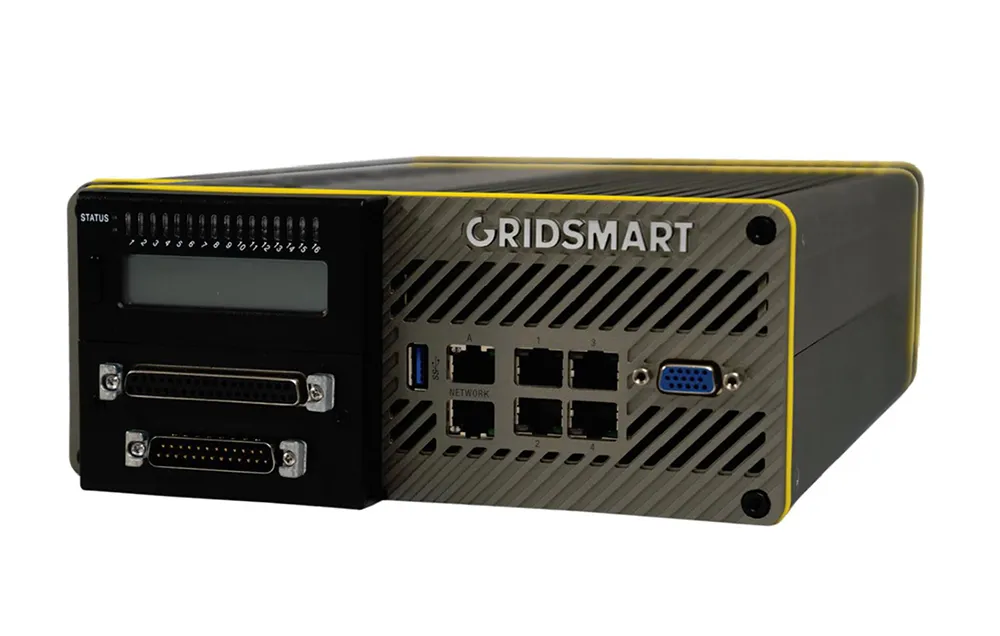
Econolite has introduced Centracs Mobility, a cloud-based software solution platform "designed to provide added value and actionable information, augmenting the traffic management software toolset".
Aimed squarely at cities and transportation agencies looking at traffic control interoperability, Econolite says Centracs Mobility’s flexible architecture means it can be tailored for specific needs by customers, thus "maximising their investment".
The company's Centracs Advanced Transportation Management System is already well-established across hundreds of deployments in North America, covering signal performance measures, signal timing optimisation and real-time signal control.
Centracs customers can deploy the new product as a software upgrade, and the company says it can be "easily integrated" into existing sensor technologies.
Kirk Steudle, Econolite senior vice president of systems, says: “Centracs Mobility was developed based on user feedback and designed to address the dynamic traffic control needs of today’s data-driven roadway networks and smart city multimodal transportation environments."










